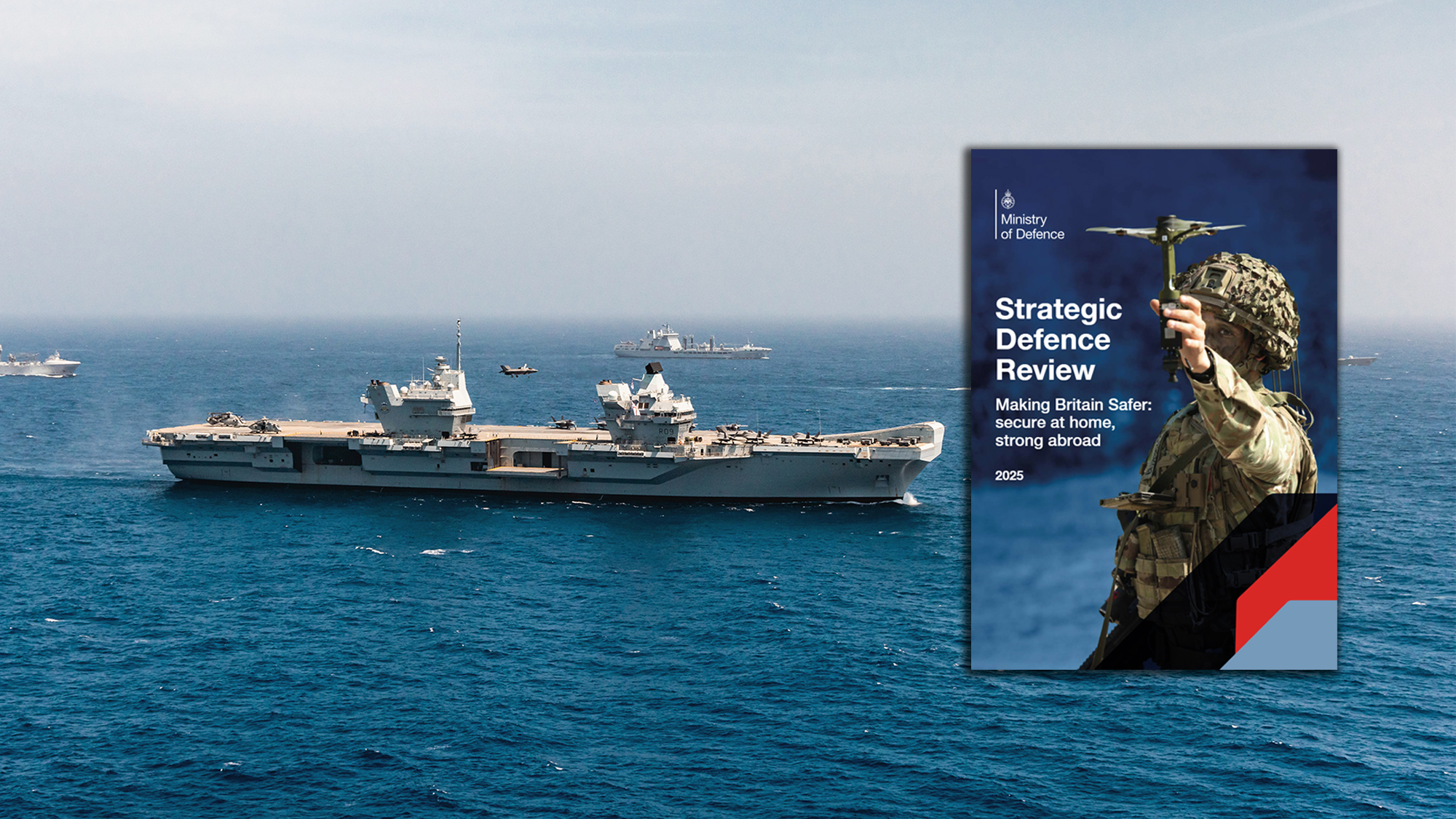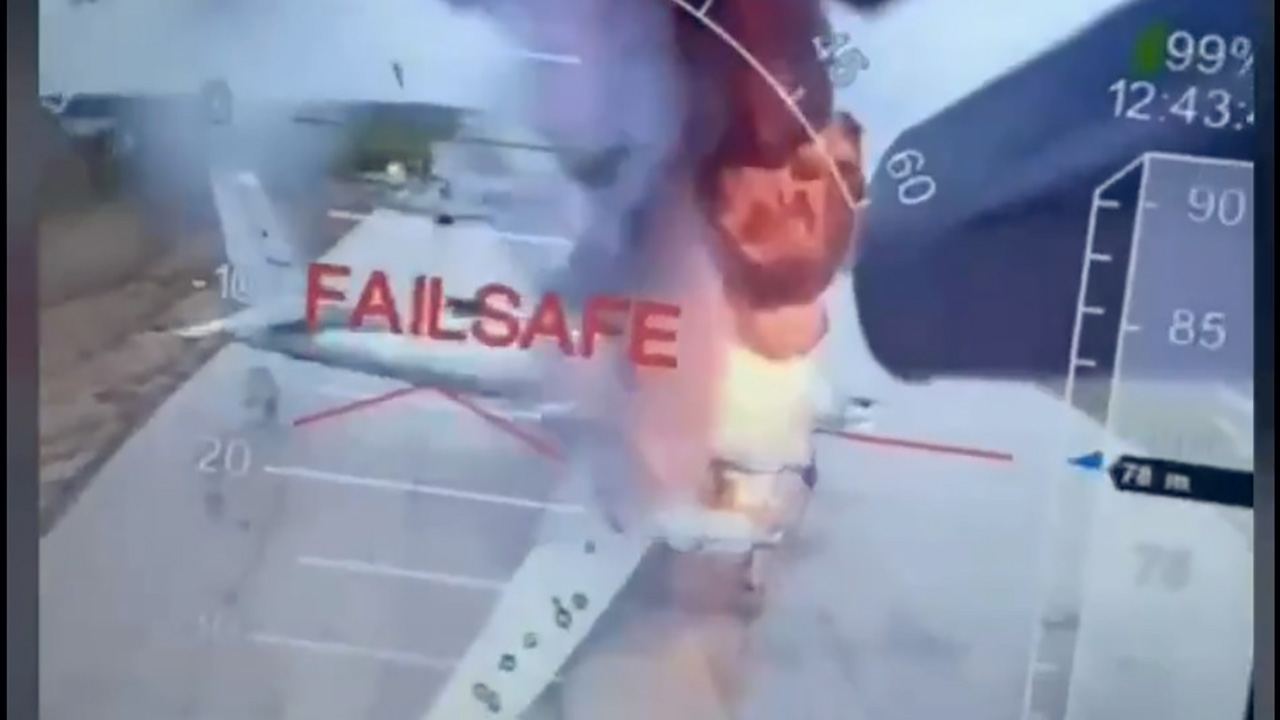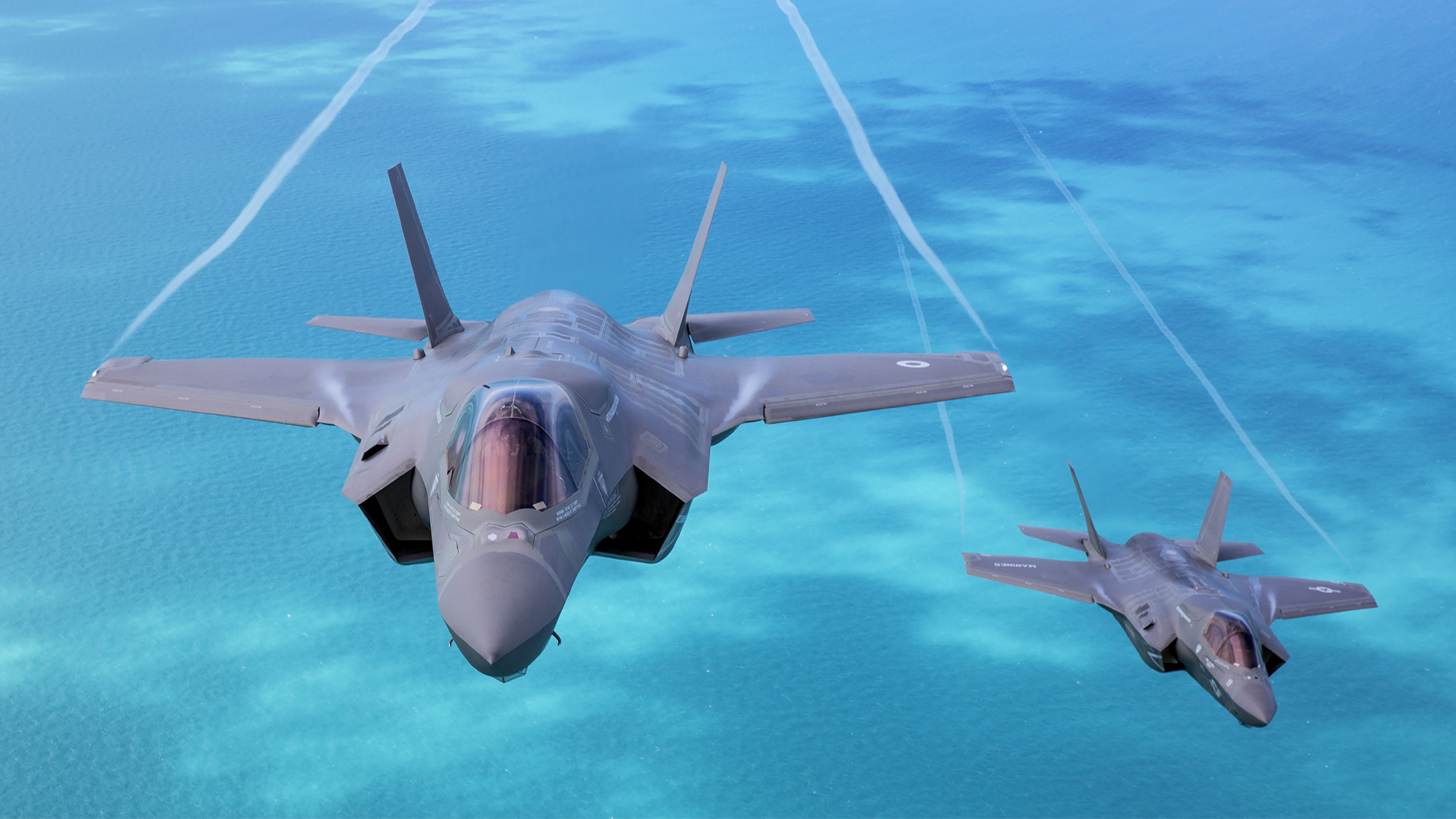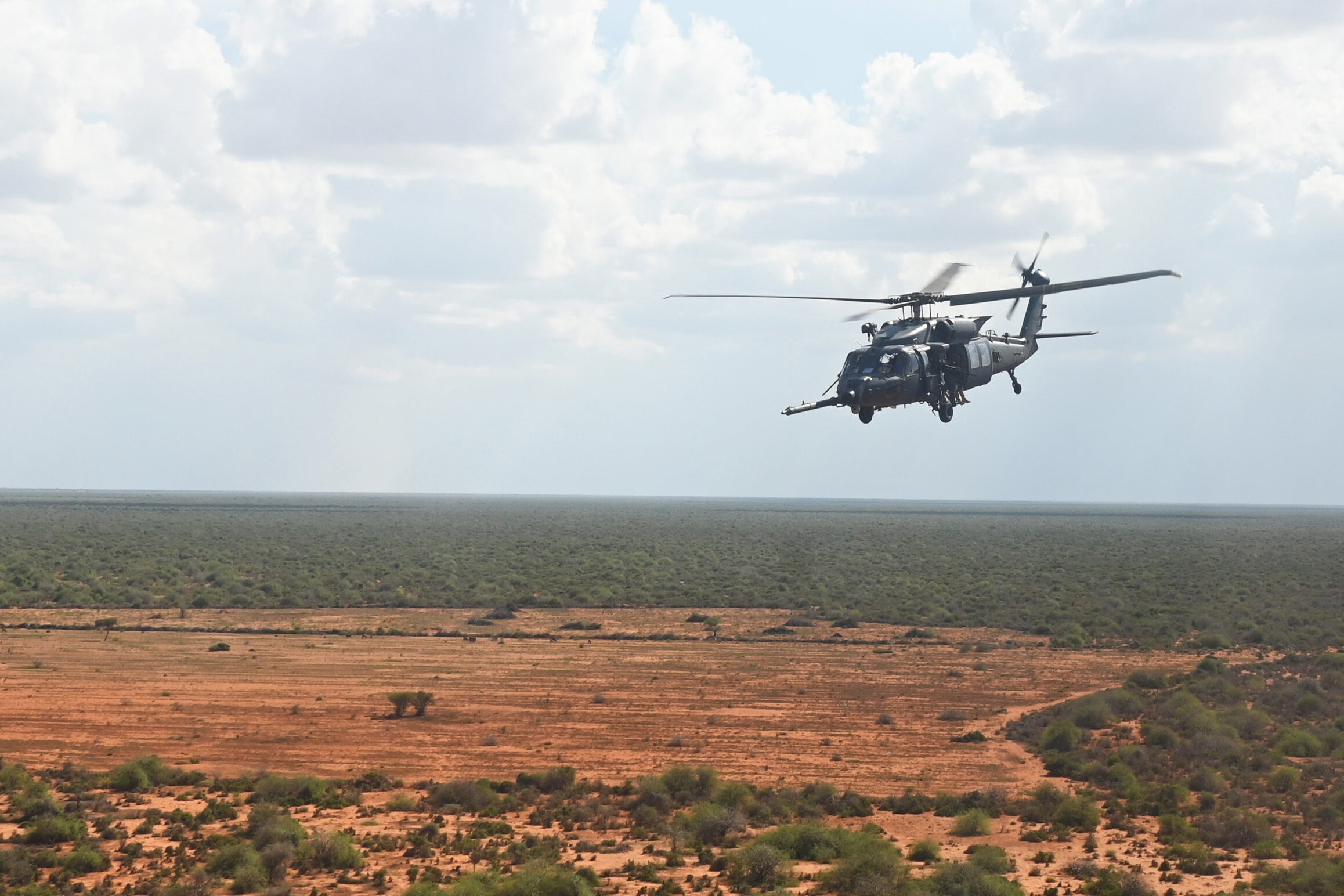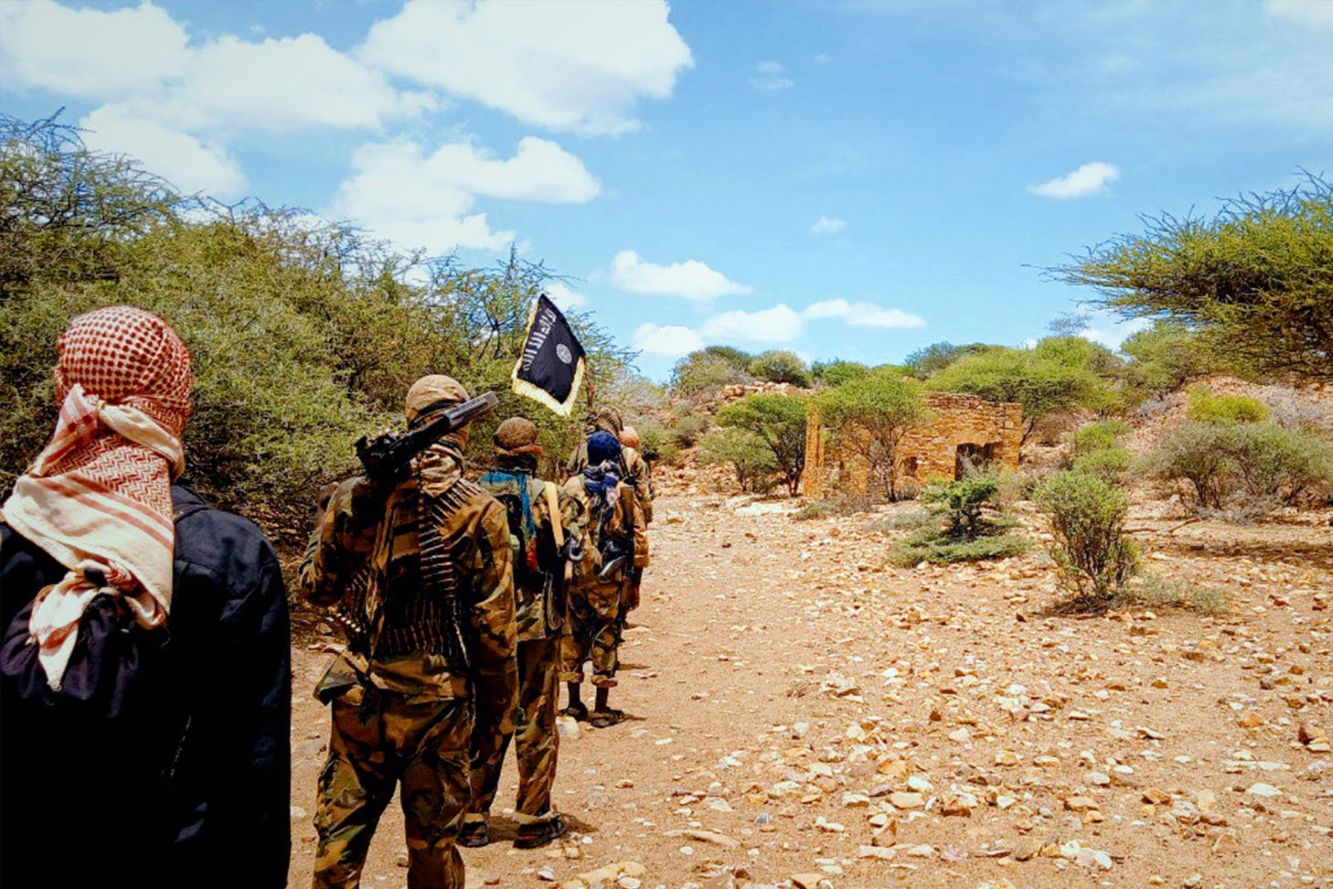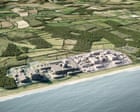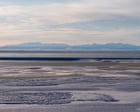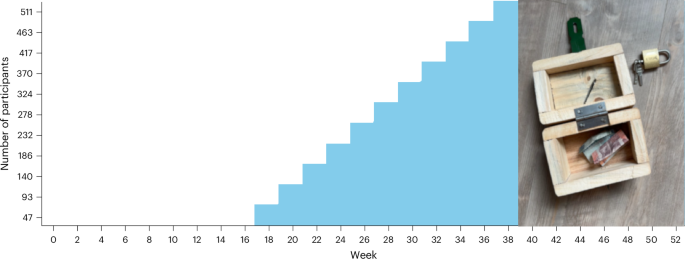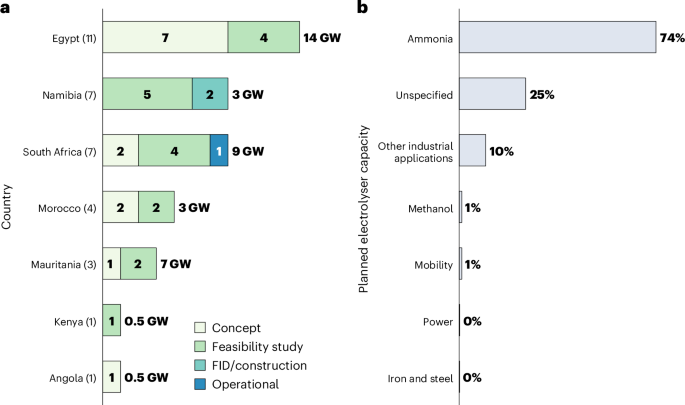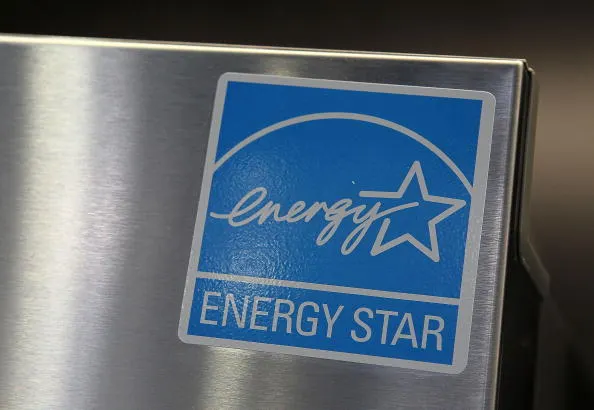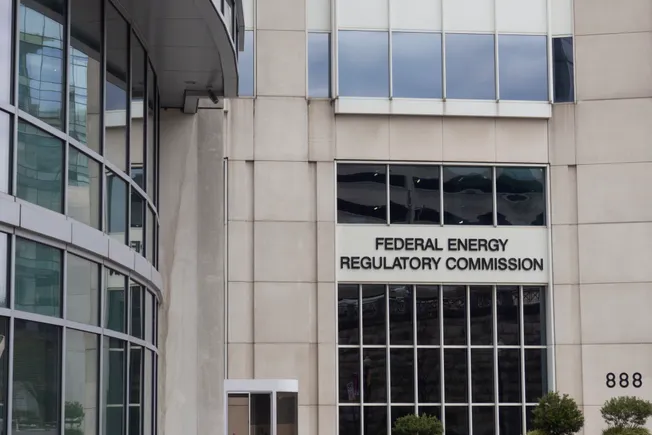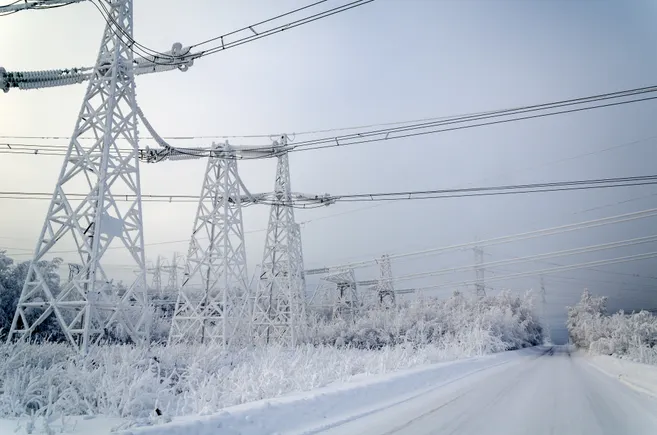It’s 40 years since the Cloudy Bay phenomenon was unleashed on the world – a happy symbiosis of winemaking style, branding and label that turned Marlborough Sauvignon Blanc into a household name. In the first of a two-part series, founder David Hohnen and winemaker Kevin Judd tell Richard Woodard how it all came together.
March 1983, Cape Mentelle, Margaret River. David Hohnen has been hosting a group of winemakers from New Zealand, sampling Cabernet from the barrel. It’s a transformative time for the winery, with Hohnen winning successive Jimmy Watson Trophies for Cape Mentelle’s Cabernet Dry Red Claret in 1983 and 1984.
The tasting concluded, one of the visitors cracks open the hire car boot and fishes out a bottle of white wine. “Here, Dave,” he says. “This is a bottle of wine from where we come from.” A simple enough gesture from a grateful guest, but one that was to have seismic consequences for Hohnen, New Zealand and the global wine industry.
“I think today that wine would be seen as a bit too grassy, because it was a North Island Sauvignon Blanc and they picked them early,” says Hohnen, recalling the incident 42 years on. But something had grabbed his attention. “You journalists call it the wow factor,” he says with a smile. “I’d call it the eyebrow factor, because you can see people’s eyebrows go up when they taste it.”
At about the same time, winemaker Kevin Judd – born in the UK, raised in Australia – had taken a job with Selaks in Auckland, moving across with wife Kimberley after three years with Reynella in South Australia. “In the early days, we used to take fruit from Gisborne and Hawke’s Bay – and then Marlborough,” Judd remembers. “I remember tasting the fruit coming out of the back of that truck. I thought: ‘This is just fucking unreal.’ I said: ‘I shouldn’t be trying to make this stuff; I should be selling it.’ I’d never seen grapes taste like they did coming out of the back of that truck. The flavour, the acid, the whole package – it was just extraordinary.”
Hohnen, meanwhile, was on a mission. Cape Mentelle might have won awards, but the winery was yet to turn a profit. Nonetheless, he convinced his backers – brother Mark and UK investor Simon Fraser – to fund a fact-finding trip across the Tasman Sea. “I got there, and the first thing they said was: ‘We’ve got a vine pull. You’re in the wrong spot – you might as well turn around and go home.’”
Undaunted, Hohnen attended a wine show in Auckland, where a young winemaker caught his eye. “All the other winemakers were socialising – but he was tasting. He had his notebook and he was taking notes.”
Judd smiles at the memory. “He sometimes thinks that I was looking at Sauvignon Blancs, but from my memory I was actually looking at Cabernets. Someone steered him in my direction, and I remember inviting him out to the winery. I sensed at that meeting that he was interested more in who I was and what I was.” The Judds had originally planned on staying in New Zealand for only three years. “We talked about going back to Australia, and I said: ‘I’ve got a feeling David Hohnen is going to offer me a job.’”
Hohnen now had a concept and a winemaker, but no grapes and no winery. He did, however, have a reputation. “The two Jimmy Watson Trophies gave me creds, so when I went to NZ, it opened doors for me,” he says. Judd adds: “He was the man. The fact that Dave Hohnen was cruising around in New Zealand – everyone was saying: ‘What’s going on?’”
Montana was the dominant force on Marlborough’s nascent wine scene, and the company gave Hohnen the use of a driver to tour the area. “He was more than a driver,” Hohnen recalls. “He took me to see four growers who were not tied to Montana.”
Things were beginning to come together, but Hohnen still needed his brother and Simon Fraser to finance the project. “I came, I looked, I saw, I said: ‘This is a go.’ I talked to Mark and said: ‘You’ve backed Cape Mentelle, are you going to back another one? At least come and have a look before you say no.’”
The pair flew over, Mark Hohnen checking out the business plan while Fraser – a keen angler – went fly-fishing in the high country. “He landed a trophy trout, came back down and said: ‘We’ll back you,’” says Hohnen with a chuckle. “They borrowed AU$1m at 23.5% interest. Cloudy Bay was established because of a trout – a trophy trout.”
But Hohnen had another problem. “We’ve got four growers, but none of them have got Sauvignon Blanc.” Salvation came in the form of Corbans, a big operation on the North Island with a smaller outfit in Marlborough. Hohnen met them. “They wanted to start Stoneleigh. We negotiated. They had Sauvignon Blanc they didn’t know what to do with.”
The deal was 40 tonnes of fruit for three years, with Hohnen acquiring 100 acres of surplus land from Corbans. This was split into five: four were sold off as vineyard land (to produce Sauvignon Blanc under contract), with the remaining 20 acres earmarked for the winery and more vines. The new winery would make some of Corbans’ wines under contract for the next few years.
Concept, winemaker, supply. But what would the wine be called? “My thoughts were this: Cape Mentelle is a promontory at the head of the river – it’s a sense of place you get from a name,” says Hohnen. “I thought that’s the way to go for us, rather than the name of the proprietor.”
The shortlist: Farewell Spit (a peninsula on the South Island), Grassmere (a nearby lake) and
Cloudy Bay (the body of water where the Wairau river meets the ocean). “Anyway, it was pretty clear that Cloudy Bay was the one,” recalls Hohnen. “A few doubters said: ‘Cloudy? Cloudy wine?’ But the key was the beautiful label.”
Ah yes, the label, with its haunting, mist-softened mountain silhouettes. This, for Hohnen, was a real eureka moment. “The little aeroplanes they were using back then, little Fokkers, I think they only had about 28 passengers in them,” he remembers. “On my first trip, the Fokker took off and it banked, and there through my little window was the Richmond Range, and Mount Riley front and centre. And I thought: ‘Shit! There’s my label.’”
Judd, a highly talented photographer, took a few photos, and Australian artist Eveline Kotai used them to make some pastel images. But there’s a twist to the story: Hohnen had studied winemaking in Fresno, California, and had visited Chalone Vineyard in Monterey. “It still has that same old label, with the mountain skyline,” Hohnen says. “That was at the back of my mind, definitely, because it was a knockout. The wines were a knockout; the label was a knockout.”
Now Cloudy Bay was ready for its first vintage, 1985. Just one more issue to resolve, though: still no winery. The solution? Truck the grapes, picked from the Stoneleigh vineyard on Rapaura Road with Hohnen on the harvester, several hundred kilometres north to Gisborne. “That’s a lot of skin contact,” says Hohnen wryly. “But ’85 was a lovely wine. We picked at night, and it was very cold – the grapes arrived at about 5C.”
Judd, meanwhile, was still at Selaks. “I’d let them know that I was leaving, but I can’t remember if I’d told them I was working on something else. I was giving instructions [for making Cloudy Bay] over the phone and I knew some of the guys in Gisborne, so that was all right.”
Cloudy Bay had completed its maiden vintage, scarcely two years on from that fateful visit of a group of Kiwi winemakers to Cape Mentelle. And the name of the wine, plucked from a hire car boot, that kickstarted the Cloudy Bay phenomenon? “I didn’t have anything to do with it, that’s for sure,” says Judd. “No-one knows what that bottle of wine was, but it changed a lot of things.”
Part two will be published next week: Tall poppies and the Peter principle: Cloudy Bay goes global












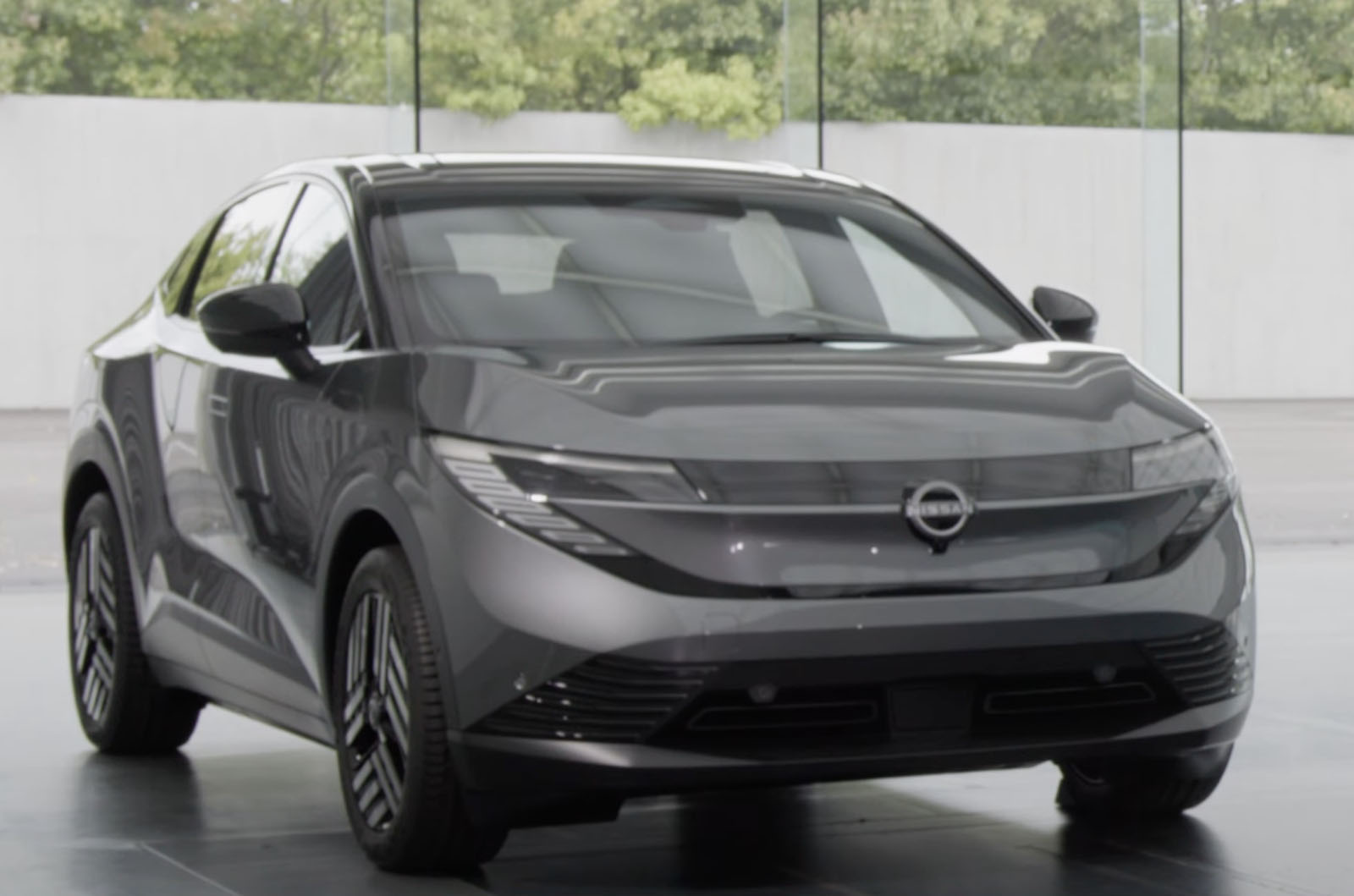

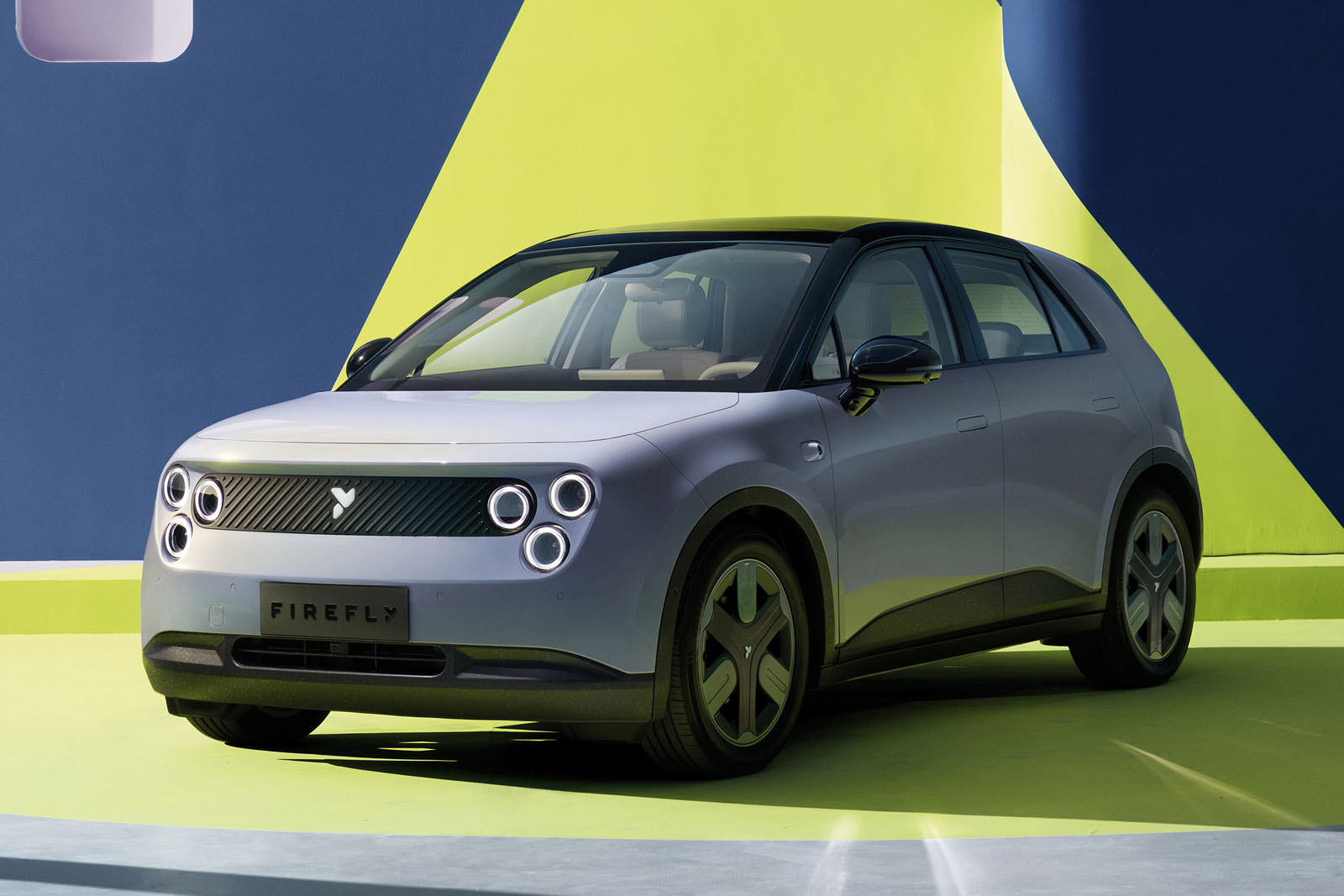
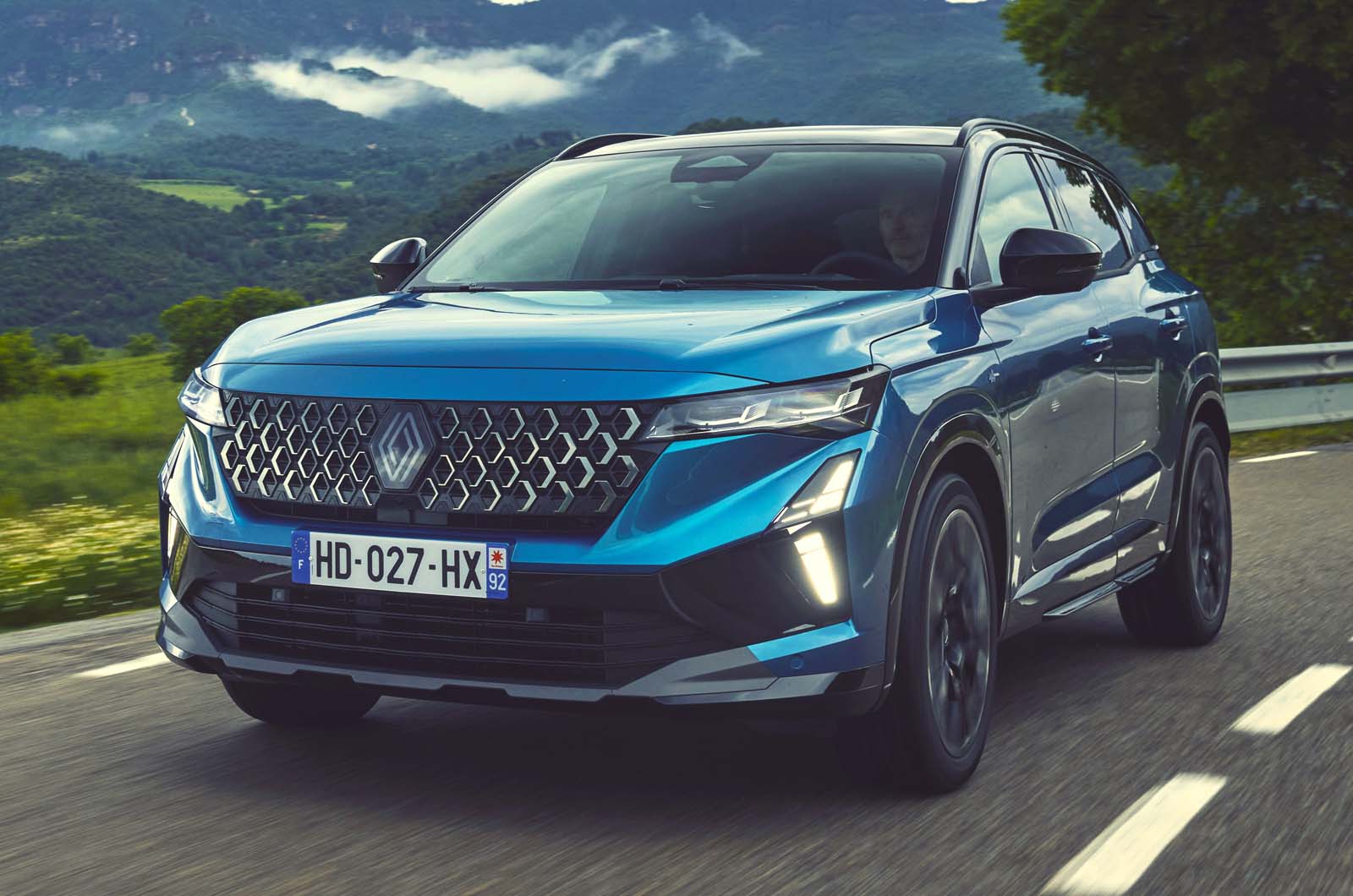



























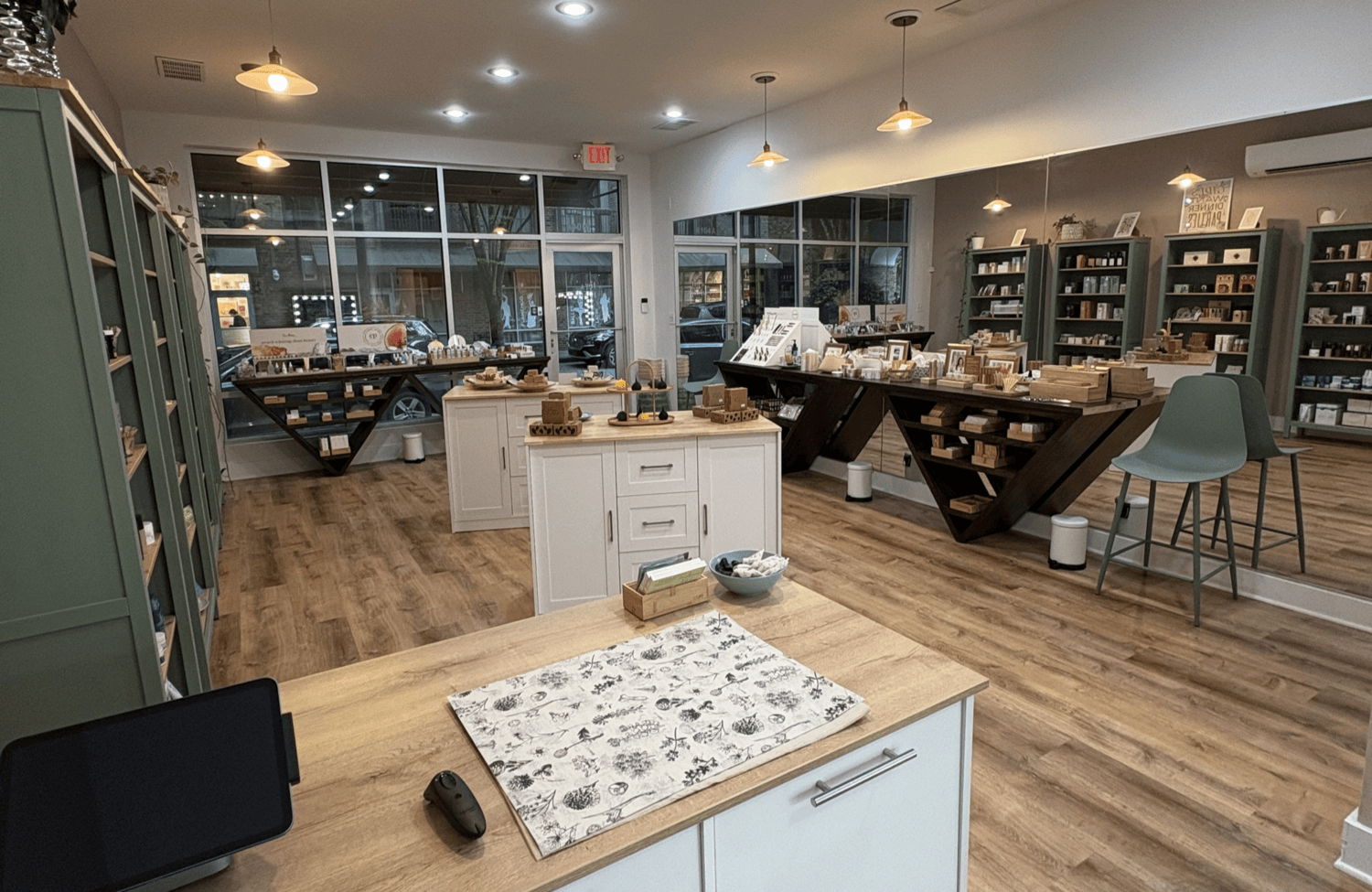
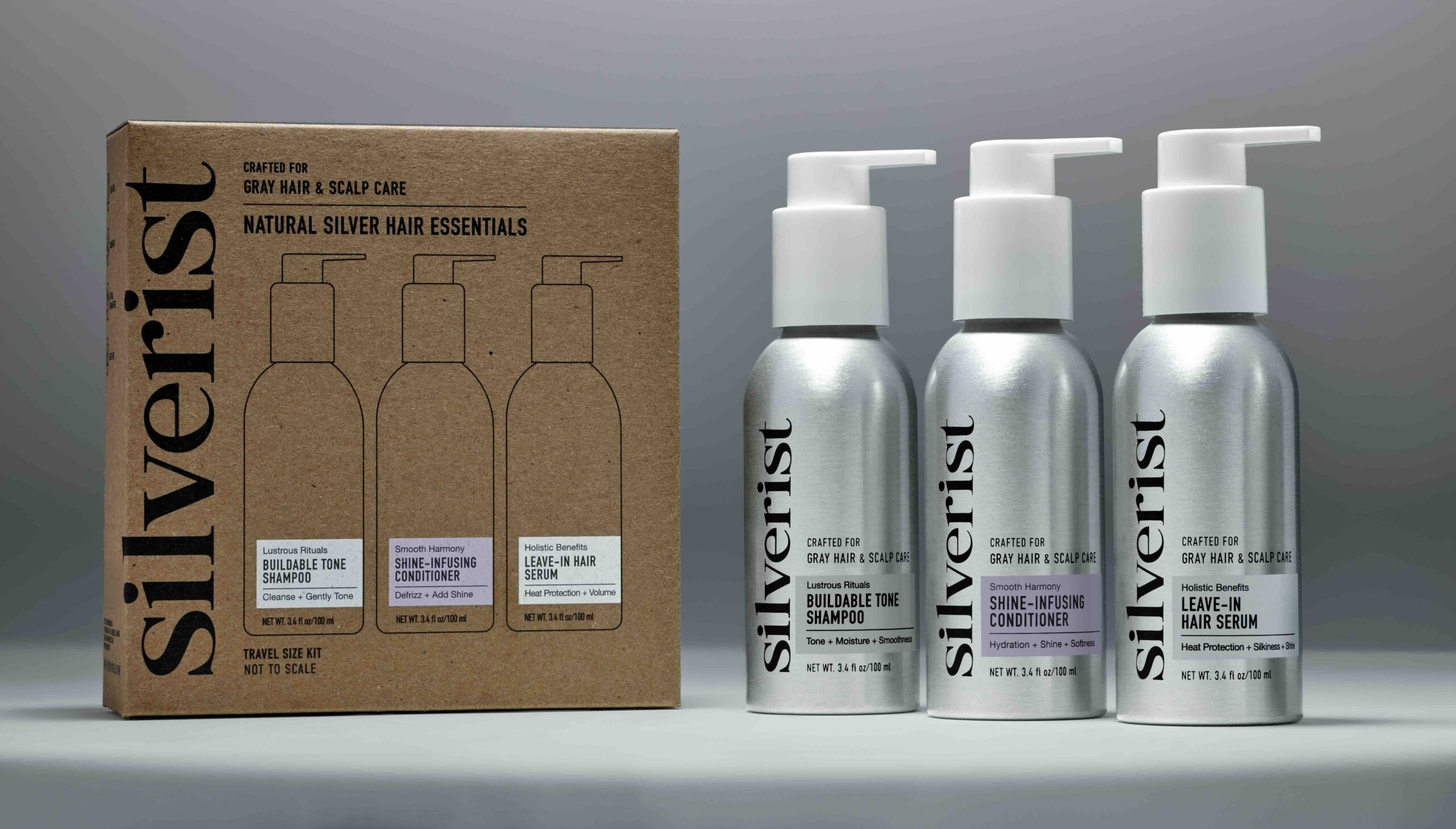




















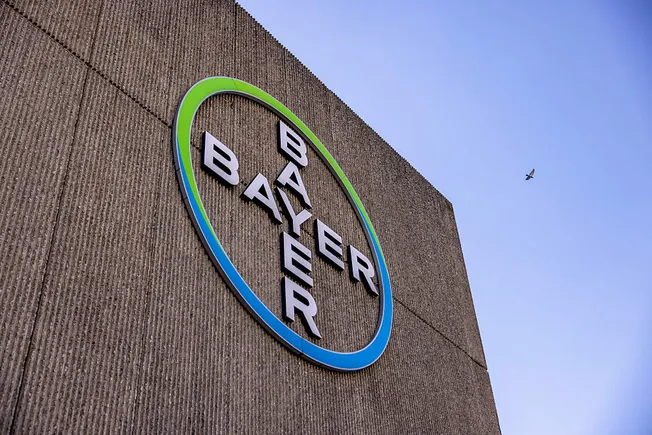
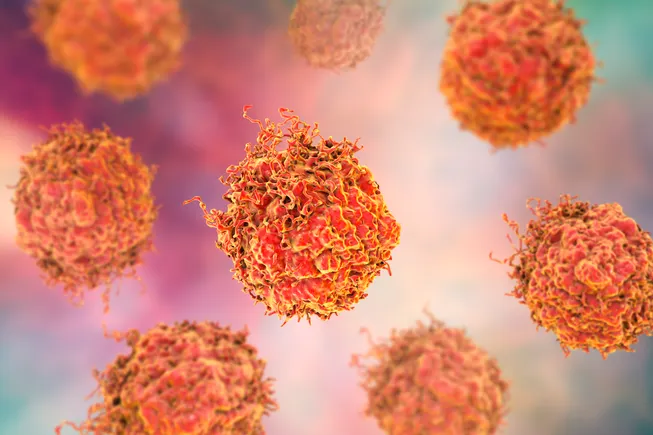




















![[Video] The Weekly Break Out Ep. 20: Pacific policy in Singapore and the UK’s new defense plan](https://breakingdefense.com/wp-content/uploads/sites/3/2025/06/Break-Out-ep-20-thumb-Play-Button.jpg?#)











